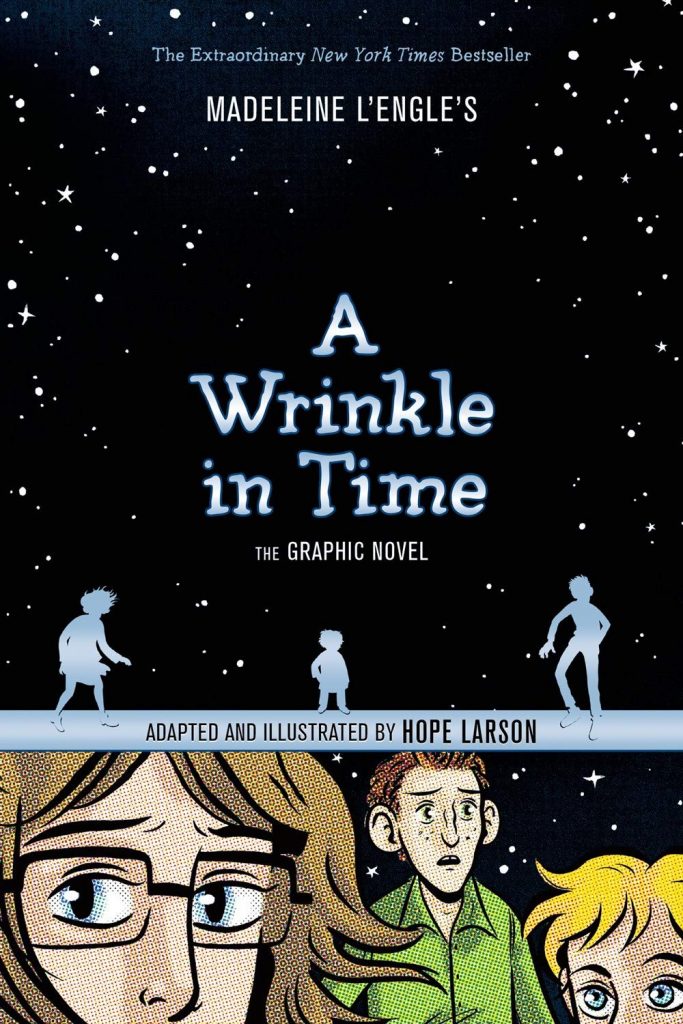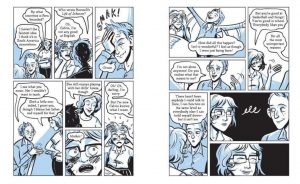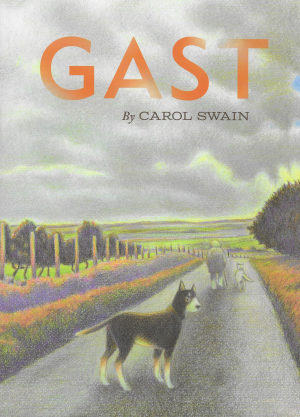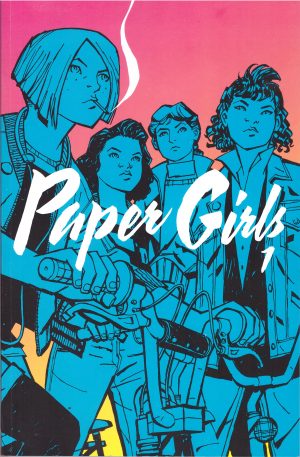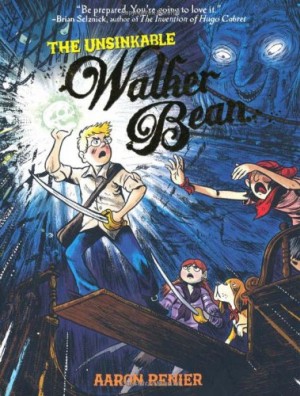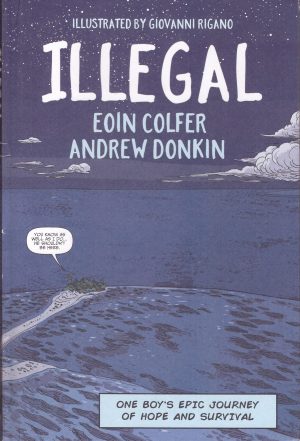Review by Karl Verhoven
Forget the 2018 film. Madeleine L’Engle’s 1962 novel was award winning, and over the years has consistently engaged young adult readers with its blend of credible, curious characters, and intelligent, imaginative ideas.
Meg and her younger brother Charles don’t fit the narrow parameters of their small community. At thirteen Meg is a dreamer, yet quick to anger and often confrontational. The infant Charles is not bothered, wise beyond his years, very accepting, and strangely aware of what’s about to happen just before it does. Their physicist father is missing, but their mother is consistently evasive about his whereabouts, just sure he’ll return. The primary cast is filled out by Cedric, fourteen and affected by the same inner compulsions as Charles, and three strange old women, Mrs Whatsit, Mrs Who and the more enigmatic Mrs Which. Once everyone’s introduced the story switches to a quest to retrieve Meg and Charles’ father.
L’Engle employed considerable amounts contemporary scientific theory, along with quotations in foreign languages and grammatical correction. It indicates the presumption of a desire to learn and to think on the part of her young audience, but for a story infused with scientific principle, L’Engle remained open minded about what humanity didn’t know, also referencing myths from around the world. What makes A Wrinkle in Time so thematically fascinating, though, is the clash of hard science with religious allegory, and the concept of absolute evil.
The adaptation of any favourite story is approached with trepidation, but Larson’s hands are safe. Her page count is sufficiently bulky to match the author’s ambition, as is her imagination. Science needs to be explained, conformity portrayed and the almost unknowable illustrated, yet in an inclusive way, and Larson’s relatively simple approach covers all that, while restricting colour to black, white and blue conveys a consistent unsettling other-worldliness. The personalities are accurately represented without demolishing the imagined versions of several generations of readers, and there’s even something to be said for an illustrated version of Meg making her more sympathetic.
In 1962 Meg was a very unusual heroine, superbly defined as flawed and confused, emotions frequently manifesting in anger, a giant step away from the well behaved or comically mischievous children who’d featured in young adult literature to that point. Meg is a role model because it’s so easy to identify with her rather than because she’s intended as an instructional paragon. It’s accentuated that all facets of her personality are integral, and what are perceived as flaws can be embraced as strengths.
Nothing is simple about A Wrinkle in Time. L’Engle included more than possibly even she knew, and as an adult it’s endlessly open to interpretation, often contradictory. For instance, the conformity so discredited throughout is integral to religious theory, yet it’s a contradiction interestingly reconciled almost in passing late in the book. An accepting tolerance is the most obvious message, and some phrases really resonate when they’d possibly have passed by when younger. “The spoken word is one of the triumphs of man” is nice.
If there’s a flaw in L’Engle’s novel it’s one of pacing, and that also affects Larson’s faithful adaptation. Everything moves very fast until the final stages, when introspective anxiety and discussion intrudes. It’s necessary, but not at such length and slows the pace at the wrong time. Otherwise if the novel is embedded from childhood this should be first rate, and it’s accessible to anyone who’s never read the source. Larson later went back to L’Engle’s work to adapt Intergalactic P.S.3.
